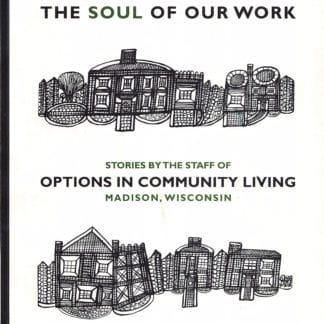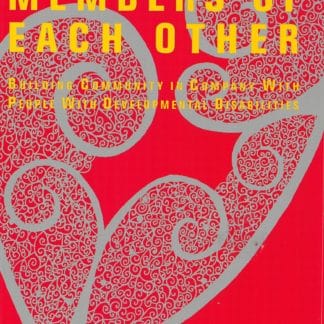John O’Brien
1995
Andrew Power, Chair of People First in the Australian Capitol Territory, explained the behavior of service managers who speak of choice and integration at the same time that they expand group homes and day activity centers –professionally controlled, segregated services. He said (personal communication, August 1993),
Things have changed, but the managers and the staff haven’t caught up yet. Now they are looking at a map that has gotten all stretched and crooked.
When you drive with a crooked map, you get lost. The faster you drive on a crooked map, the faster you get lost.
Reflection on Power’s insight suggests at least two ways that our maps can become detached from the territory we navigate in search of better quality services.
,,,,This paper recommends that those who care about services for people with developmental disabilities practice their map making skills by reporting the outlines of what they can see from their corner of the crooked map zone. As an aid to this kind of rough and ready cartography, it presents a simple image of change with some thoughts on how we lose our orientation. This image guides two preliminary exercises in making such maps, one through day services, the other through improving our system’s ways to improve quality. Three reflections on these sketches –on emotion, on thoughtfully interpreting the lessons of quality improvement, and on the importance of design– suggest some likely places to carry on the search for quality in the crooked map zone



